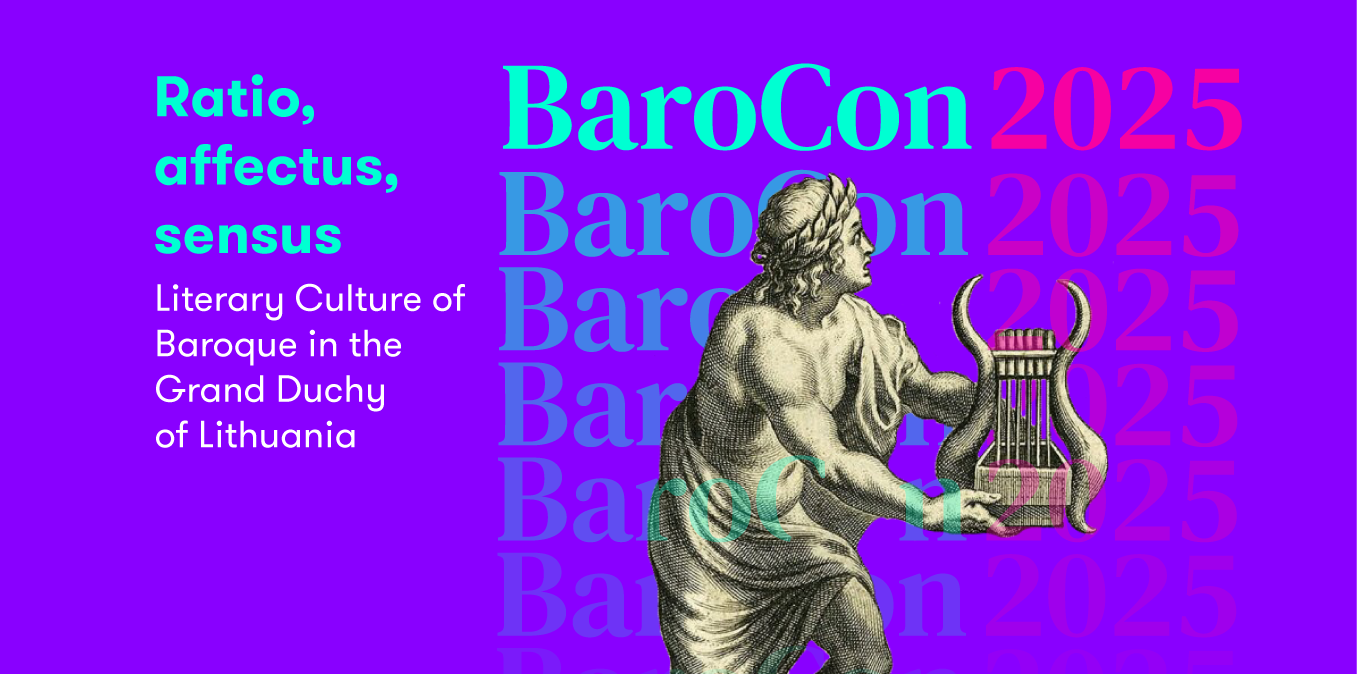
Inga Vidugirytė-Pakerienė
The Baroque Vision and the City in Contemporary Lithuanian Women’s Literature
Inga Vidugirytė-Pakerienė
Vilnius University
The Baroque Vision and the City in Contemporary Lithuanian Women’s Literature
According to Martin Jay (1988), the Baroque vision is one of three main scopic regimes of modernity, alongside rational Cartesian perspectivalism and the descriptive cartographic view. Each scopic regime is characterized by Jay on the basis of the art in which it was inaugurated (Italian Renaisance painting, Baroque architecture and art, and Dutch lanscapes of the 17th century) and the philosophy that grounds that art. In his account of Baroque vision, Jay draws heavily on the works of the French philosopher Buci-Glucksman Baroque Reason (1984) and The Madness of Vision. The Baroque Aesthetics (1986). The Baroque vision is considered “mad” due to its fascination with opacity, unreadability, and the indecipherability of the reality it represents. As the result of the crisis of the reason, it self-consciously tends to the contradictions between surface and depth, to the distorted images, materiality, and the haptic quality. In Baroque reason, Buci-Glucksman reads the work of Baudelaire and Benjamin, who are both preoccupied with modern Paris, its passion for consumption, commodities, and the Other, the Women. The philosopher deals with the relation between the city and the Feminine, and the concept of the Woman as an allegory and a heroine of modernity. The feminist approach, introduced in the context of baroque reason, enables the analysis of the baroque vision as engendered. The paper explores the baroque vision in contemporary Lithuanian women’s urban writing. I argue that the contemporary baroqueness of the city (Vilnius) depends on the vision employed in the creative work of such authors as Ieva Dumbrytė, Eglė Frank, and Kotryna Zylė. I contrast these works with the novel Silva rerum by Kristina Sabaliauskaitė, who extensively refers to the history and artifacts of Lithuanian baroque culture but represents another type of vision.